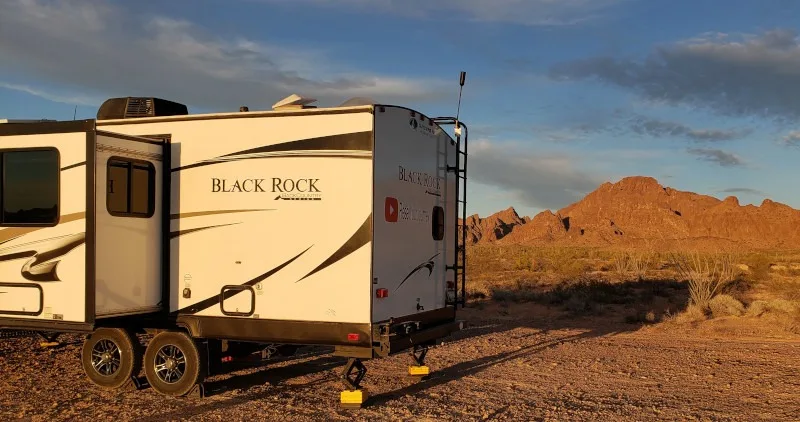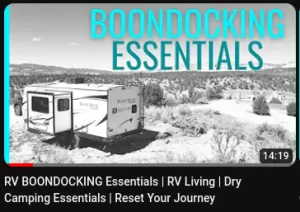Last Updated on 05/11/2024 by Glynn Willard
We’re not affiliated with goRoam, but we’re impressed with their solutions.
Off-grid living includes individuals living in campers and spending a lot of their time in rural areas and remote areas (not just off-grid cabins).
Most of us take our “rockin’ Gigibit” home internet for granted.
Especially if one doesn’t know the pains that occur without reliable internet access while living on the road.
Yes, the gorgeous areas we’ve camped in nestled in the mountains by the lake softens the blow of no internet.
But when you need the internet to work, finding it becomes a priority!
We encountered one company with great options to address this problem.
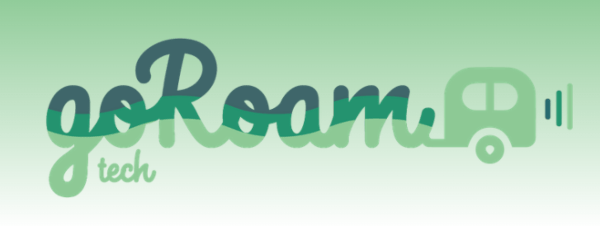
It’s called goRoam Tech.
Rose was fortunate to have the opportunity to interview the founder, Jess Jorgensen.
Both Rose and I were amazed at how ahead of the curve her company is in offering REAL solutions for a reliable internet connection in rural areas.
It doesn’t hurt that Jess practices what she preaches and lives the life of a nomad in her fifth wheel!
Listen to the podcast while you scan the article. We all multitask, right??
Wireless Internet From Cell Towers Is Improving
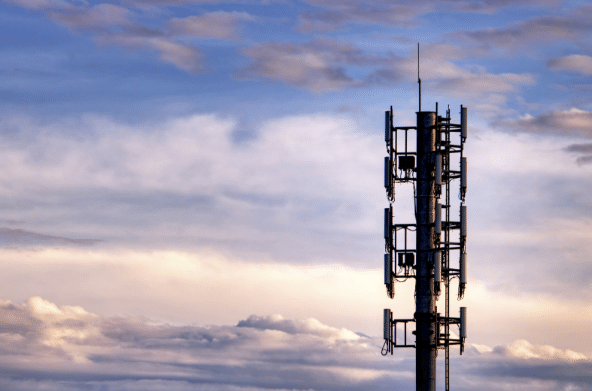
The days of the antiquated satellite dish for a rural location are over.
Yes, cell towers are improving, but there’s more to the equation than just a signal booster for the cell signal and a wifi hot spot.
We’re no longer plagued with slower speeds of the early 2000’s, but to obtain seamless wireless internet as good as home internet (cable internet) there’s some necessary modern technology.
Before I write anything else on this subject, it’s important to preface that some remote places have zero signal.
So, if your signal strength is zero, multiplying zero by any number is still zero. This also includes Starlink.
If you’re under the cover of trees in most locations, Starlink is not a suitable solution.
But with that said, there’s some pretty impressive technology that can give you great internet in some remote areas.
What Is goRoam Tech?
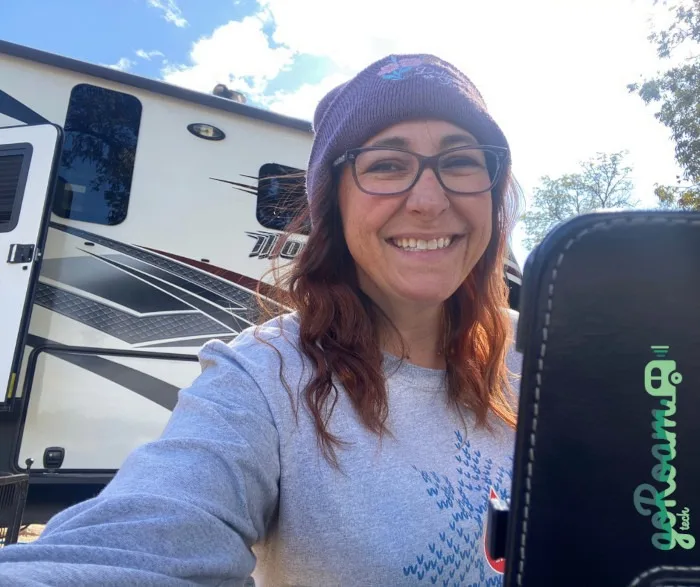
Jess Jorgensen: Founder of goRoam Tech.
goRoam Tech is the brainchild of Jess Jorgensen, who is an IT nerd that moved her operation to an RV in 2021 and realized the need for real internet solutions.
Jess learned to work from anywhere while raising her kids early on when wireless technology was in its infancy.
One could say she was on the “ground floor.”
Her expertise is legit, diving a lot deeper than just using your old mobile hotspot device!

goRoam Tech brings enterprise technology together and optimizes it for the digital nomad!!!
This makes them your best bet for a great option for a reliable connection to the outside world.
The Role Of Starlink

Before I go on any further, let’s discuss the role of Starlink for digital nomads. I know you’re already wondering how it fits into this equation.
You’re all familiar with 5G & LTE for cell phones and hot spots, but it has a shortcoming.
LTE will give you good download speeds, but not upload speeds. That’s where Starlink comes into the mix.
Starlink has three strengths that stand out: no data caps, faster upload speeds and the ability to be super remote.
Although that said, a line of sight to the horizon is necessary for Starlink. In other words, shade is its Kryptonite!
It’s worth noting that users can experience download speeds between 25 and 220 Mbps with Starlink.
But mobile users may experience slower speeds. Upload speeds are typically between 5 and 20 Mbps.
Sound slow? Maybe, but not compared to LTE since its upload speeds are 2-5 Mbps.
Latency ranges between 25 and 60 ms.
But Starlink is not the best option as the end all for wireless internet.
This is where rugged, enterprise grade equipment comes in to seamlessly integrate the many different signals we rely upon.
It’s all about the blend!
The Equipment For A Reliable Internet Connection
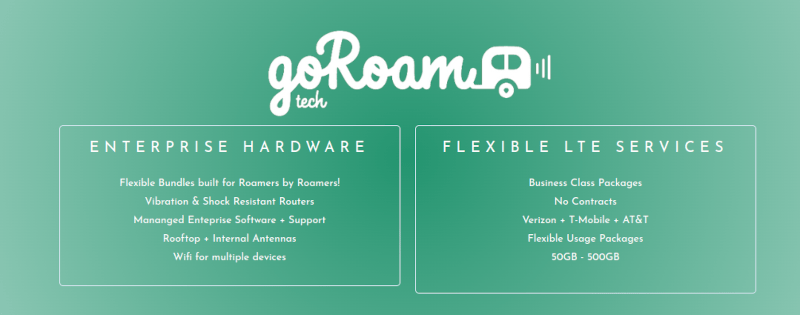
goRoam Tech packages enterprise gear, i.e., equipment not available in stores for your RV or off-grid cabin.
Think about it, electronics don’t like being shaken and exposed to bad weather.
So goRoam Tech uses rugged gear that was engineered to work on oil rigs exposed to the harshest of weather.
That makes for some rugged equipment if you ask me!
They use an omni directional rooftop external antenna manufactured by Pepwave, mounted above the human density level.
It’s important to point out that drawing your signal above the level where most cell phones and hot spots are competing for a signal is important.
This is what is meant by mounting the antenna above the human density level.
They offer several different routers based on the plan.
One router that only uses one SIM card. And another router that can load balance between up to three SIM cards.
Installation on your RV, travel trailer or remote home is easy if done as a DIY or for an RV tech.
That said, if you’re not savvy with tools or don’t do some of your own maintenance, you’ll have less headaches by hiring a professional.
goRoam Tech Plans For Reliable Internet Access

Please understand, the equipment is important, but it’s not just about the equipment.
It’s about how it’s set up, prioritized and how the software is programmed.
The following packages are are well thought out for each type of user.
- The Wanderer: This is the lowest cost plan that will work great for light users on a budget.
- The Explorer: This plan is similar to The Wander, but much faster with the ability to network balance.
- Work From Roam: If you need a serious and robust connection, this is your plan.
Power consumption is even taken into consideration for us boondockers. Yeah, we appreciate that gesture!
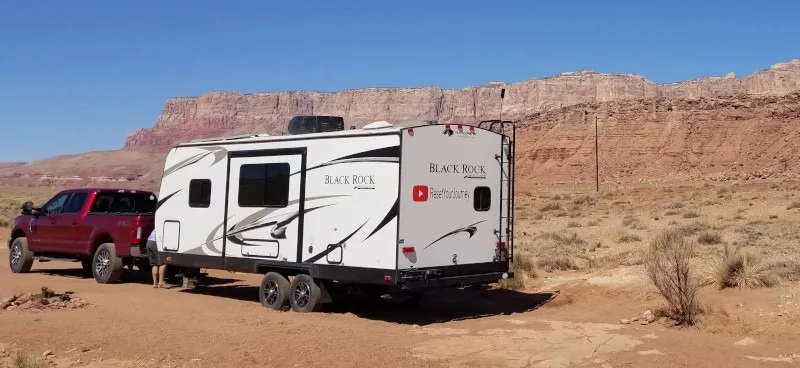
Data plans that goRoam Tech offers are prioritized plans from each network.
Much like, for example, if I purchase an unlimited business data plan from AT&T, it’s given tower priority.
The idea is to be set up so that you don’t have to stress about it.
Their top tier program even utilizes SpeedFusion Cloud from Peplink, which is a network designed to blend networks for an unbroken connection.
They do this by replicating and replacing lost packets of data for the end user, bandwidth switching as well as bandwidth bonding.
Complicated? Yes.
But a very real solution!
Setting up (programming) the gear can be very confusing for most. goRoam Tech custom solves this problem for your needs.
Yes, there are monthly fees for the carriers.
But one would expect monthly fees with any type of unlimited plans for a wifi hotspot.
Here’s a link to the specific pricing and details of each package.
Why Multiple Cell Carriers?
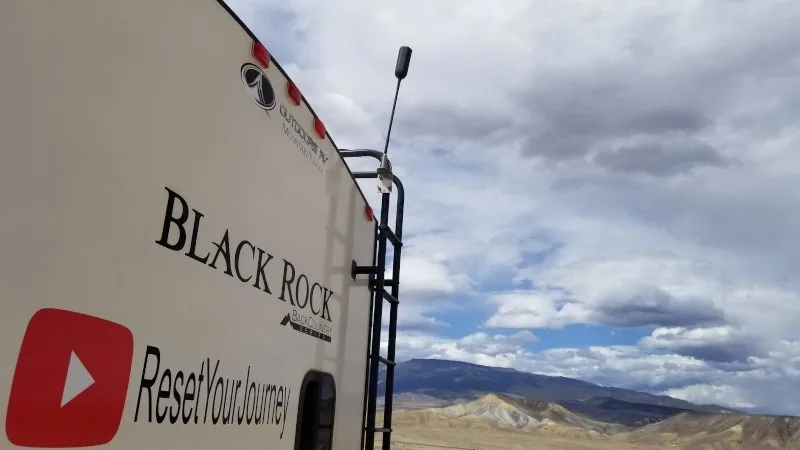
The reason may seam obvious, but there’s a little more to it than just having access to the particular provider in that area.
This aspect is more applicable to the mobile user since the cellular carrier landscape changes across the map.
If you’re stationary, remote and there’s only one carrier present, then a single SIM router makes sense.
But the most important point to understand is that each carrier owns a specific bandwidth. They’re not universal.
The equipment that goRoam Tech supplies picks up 40 different bands. That gives you a bunch of options if you have multiple SIM cards to connect.
The working concept is the ability to pick up the different signals above the human density level and then load balance them between different carriers.
This offers a seamless internet experience.
We can take this one step further.
A priority can be set in the software. Say you need to prioritize your Zoom meetings over all other data transferred between you (the client) and the server.
Then Zoom will be given priority treatment across the strongest bandwidth.
Things like social media or searching the internet for the worlds largest ball of yarn will be deprioritized on the strongest network.
It’s more complicated, but you get the point.
Load balancing depends on data usage, latency and switching off between networks.
So again, latency, signal strength, bandwidth and amount of data usage are all factored into the equation when goRoam Tech is setting up your priority protocols for your system.
The goal is an outcome with the ability to seamlessly switch between carriers/bandwidth (and Starlink if you incorporate it) to produce a “cable-like” internet experience when you’re untethered.
goRoam can make this happen for you.
Sound good? You bet it does!
Now let’s answer some questions that will force you to reread some of the previous copy. Hey, that’s how we learn.
What Is Internet Latency?

Latency is just what it sounds like.
It’s the amount of time that lapses when your device (the client) sends a data packet to the network and back.
This is generally measured in milliseconds, but can take longer depending on the distance between the client and server,
But milliseconds are super fast. How would we notice any real difference?
It’s because those excess milliseconds going back and forth are compounded. This translates into a noticeable difference.
Let’s think about Starlink for a moment. The signal needs to travel to the satelite first, then to the CDN (content delivery network), the final server and back.
The difference is in the satellite distance.
I won’t even get into the fact that the CDN improves latency time.
Now let’s look at LTE and 5G. That cell tower is a whole lot closer to you (the client) than a satellite.
In other words, LTE and 5G has the least latency for someone off-grid.
Enough said. You get the point.
How To Save Data Living On The Road
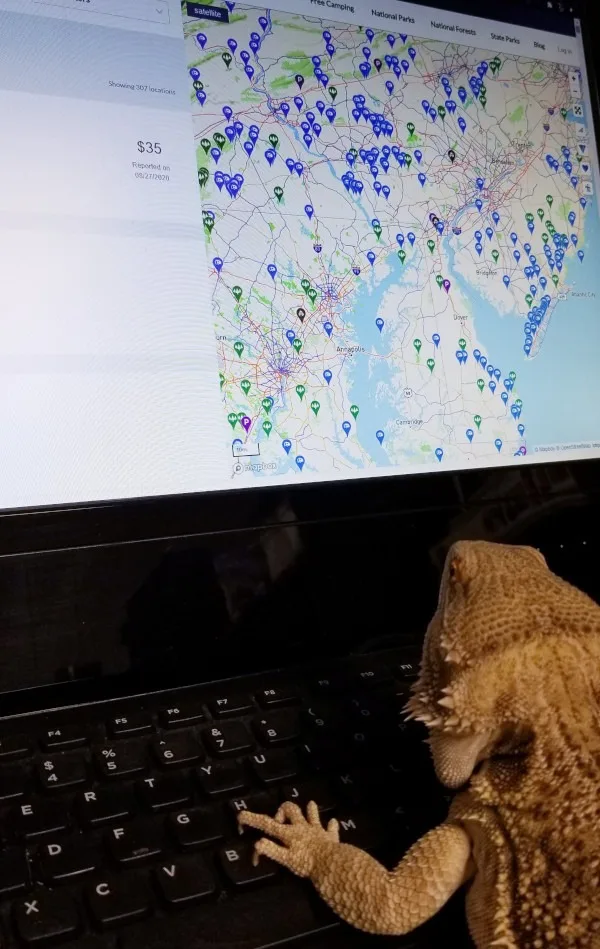
If you already spend time living as a digital nomad and have a limited plan, there are a few things you can do to save data.
They are:
- Set your mobile phone to notify you when you get close to your data limit.
- Turn off background refresh under settings.
- Turn off auto-updates, so that it only happens when on wifi.
- Turn on data savings mode on social media platforms.
- Use public wifi when possible for large downloads and uploads.
- Use compressed browser data on Chrome and Safari.
- Change your streaming preferences to a little lower quality.
- Avoid tethering your phone as a hotspot device.
- Limit your online gaming. Seriously!!! Come on!
Keep in mind that video is about a gig and hour. That can add up fast!
Not Sure What You Need For Your RV?
Wrapping Up Reliable Internet For Rural Areas
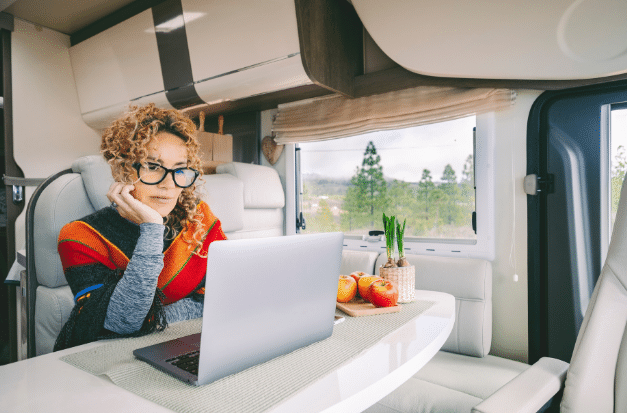
Hopefully, we’ve made it clear that great internet while living on the road or off grid is very complex.
It’s a lot more than just using a wi-fi hotspot plan with an unlimited data plan.
Oh, and your beloved weBoost (cell phone booster) may not help your wi-fi hotspots like it does for your smart phone.
Nonetheless, goRoam Tech has solved the problem and packaged it for you, saving you time and effort.
Keep in mind that some of the equipment they use is enterprise based, which you cannot purchase as a consumer.
Once you’re set up, goRoam Tech is a full service concierge (they’re ready to solve your issues or give advice).
When off-grid internet is a necessity, goRoam Tech is your solution!
Meet the author.
We appreciate any help to bring you great content. Donate or buy us a coffee on our Ko-Fi site. Or subscribe to our YouTube Channel. Thank you so much for being here!


